Arguably ranking among the world’s great road trips, the Blue Ridge Parkway was built in the 1930s to connect Great Smoky Mountains National Park with Shenandoah National Park.
Spanning 469 miles in the heart of the Blue Ridge Mountains, the BRP offers sensational scenic vistas, historic sites, and thousands of species of birds, plants and animals.
From majestic mountains and wonderful waterfalls to verdant valleys and fertile National Forests, the iconic road offers an excellent way to explore Appalachia at its most pristine.
There are no billboards or neon signs, no restaurants or shopping centers, and only one hotel on the road’s entire length. Only nature, and convenient overlooks from which to view and explore it.
Here are 40 fascinating facts about Blue Ridge Parkway history, attractions, overlooks, campgrounds and hotels, plus answers to some of the most frequently asked questions about the BRP.
READ MORE: 20 Best Blue Ridge Parkway Overlooks in NC & VA
Blue Ridge Parkway Facts Guide
- Blue Ridge Parkway History
- FAQs About the Blue Ridge Parkway
- Blue Ridge Parkway Overlooks
- Waterfalls on the Blue Ridge Parkway
- Other Blue Ridge Parkway Attractions
- Blue Ridge Parkway Campgrounds and Hotels
- Blue Ridge Parkway Closures
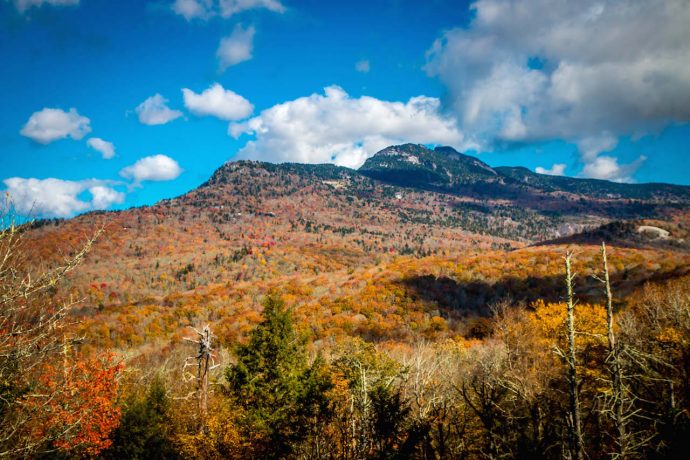
Blue Ridge Parkway History
1. The Blue Ridge Parkway was originally known as the Appalachian Scenic Highway. It was created as part of President Franklin Delano Roosevelt’s New Deal, which was designed to created jobs and improve infrastructure after the Great Depression.
2. The scenic road’s construction began in 1935 near Cumberland Knob, North Carolina and ended in 1987 near Grandfather Mountain State Park. All but the last 7 miles was completed in 1966.
3. The Eastern Band of Cherokee Indians protested the construction of the parkway, and were successful in getting more favorable terms.
4. The Cherokee people were not the only ones inconvenienced by the construction of the parkway. Although the road created lots of jobs, it also displaced many people and generated many new laws and regulations for the region.
5. The Blue Ridge Parkway has been the #1 most visited unit of the US National Park system for 70 of the past 74 years.
READ MORE: The 10 Best Places to Celebrate Christmas in North Carolina
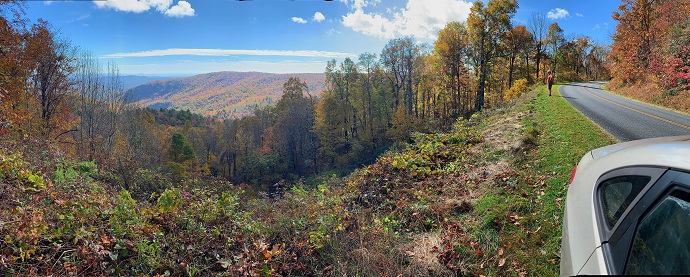
General FAQs About the Blue Ridge Parkway
6. The parkway is America’s longest linear park, spanning some 469 miles between Cherokee, North Carolina and Waynesboro, Virginia.
7. The Blue Ridge Parkway starts off U.S. Route 441 at the entrance to Great Smoky Mountains National Park and ends at Shenandoah Valley National Park. It then becomes scenic Skyline Drive, which meanders through Shenandoah National Park.
8. The Blue Ridge Parkway speed limit is 45 mph, and no big trucks are allowed. But many drivers frequently go even slower as they soak in the stunning scenic views.
9. Theoretically, it would take 15 hours to drive the Blue Ridge Parkway straight through. But of course the countless overlooks, waterfalls, and other attractions along the way will definitely make you want to stop often to see the sights.
10. The parkway typically receives around 15 million annual visitors, the majority of which visit in summer and during the peak fall colors in autumn.
READ MORE: The Best Christmas Lights in North Carolina
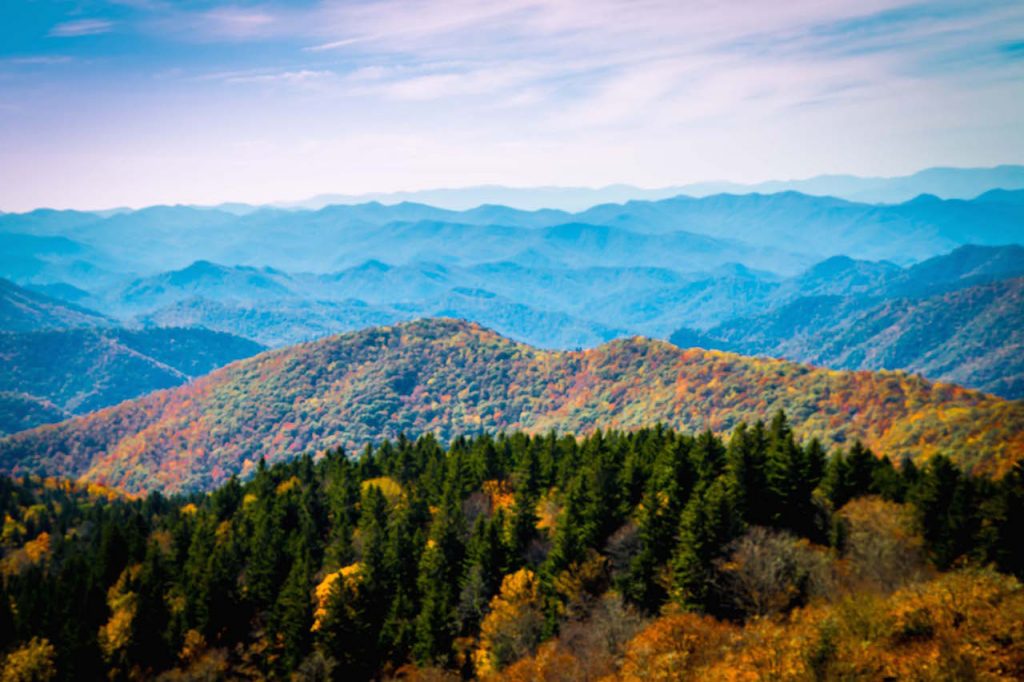
Blue Ridge Parkway Overlooks
11. There are 200 scenic overlooks on the Blue Ridge Parkway, with 68 in Virginia and 132 in North Carolina. They’re notated using mileposts, from VA’s Afton Overlook (MP 0.2 to NC’s View Oconaluftee River (MP 468.4).
12. One of the most popular overlooks is Richland Balsam (MP 431.4), which has the highest elevation on the BRP at 6,053 feet. It offers jaw-dropping views of three different Blue Ridge sub-ranges– the Cowee, Nantahala, and Plott Balsams.
13. Another high elevation overlook is Cowee Mountains (MP 430), at 5,950 ft above sea level. This overlook offers a spectacular view of the Blue Ridge Mountains overlapping for miles and miles, with fantastic flora in the foreground.
14. The Beacon Heights Overlook (MP 305.2) is popular for sunrise and sunset views over the Blue Ridge Mountains in NC . It requires a bit of a hike, but offers amazing panoramic views that include landmarks like Grandfather Mountain, Table Rock, and Hawksbill.
15. Other popular BRP hotspots include Graveyard Fields (MP 418.8), Looking Glass Rock (MP 417), and Craggy Dome (MP 364.1) in North Carolina and Raven’s Roost (MP 10.7), Bluff Mountain (MP 52.8), and Mabry Mill (176.1) in Virginia.
READ MORE: The Appalachian Culture & History of the Blue Ridge Mountains

Waterfalls on the Blue Ridge Parkway
16. There are over 50 Blue Ridge Parkway waterfalls, plus another 9 in Shenandoah National Park and numerous others in and around Great Smoky Mountains NP.
17. One of the most popular waterfalls near Asheville, NC is Linville Falls (MP 316), arguably the most photographed waterfall in North Carolina. There are distant vistas to capture Linville Gorge, plus a viewing area right at the edge of the waterfall’s pool.
18. Glassmine Falls (MP 361.2) is the tallest waterfall on the Blue Ridge Parkway, falling around 800 feet. However, the falls here are fairly thin and temporary. If there hasn’t been a recent heavy rainfall, it may appear as little more than a trickle!
19. Little Switzerland’s Crabtree Falls (MP 339) is the highest vertical-drop cascading waterfall east of the Mississippi. Its five major cascades descend 1,200 feet, and are accessed via two of the best Blue Ridge Parkway hiking trails, each around 3 miles.
READ MORE: The Best Things to Do in Elkin NC (BRP MP 229)

20. For those who enjoy swimming beneath waterfalls, Skinny Dip Falls (MP 417) offers multiple cascades and luxurious pools. The falls are best for visiting in the summer, but offer great views all year-round.
21. Looking Glass Falls (MP 411) is another beautiful and popular waterfall in NC. The name comes from Looking Glass Rock, which freezes and reflects sunlight in winter. This is one of the most accessible BRP waterfalls, and it is an impressive 60 feet tall.
22. Graveyard Fields (MP 418.8), which was named in 1925 after a field of burned trees that looked like gravestones, is home to Graveyard Falls. This immensely popular waterfall is surrounded by fields of North Carolina wildflowers in spring and vibrant foliage in the fall.
READ MORE: The 20 Best Western North Carolina Waterfalls for Hiking
Other Blue Ridge Parkway Attractions
23. If you’re visiting Asheville NC, the Blue Ridge Parkway Visitor Center (MP 384) offers a great film and many interactive exhibits on the history, nature, culture, and recreation of the Blue Ridge region.
24. The Folk Art Center (MP 382) showcases traditional and contemporary arts and crafts from the Appalachian region. The center opened in 1980, and offers excellent exhibits, demonstrations, educational events, and other programming.
25. The tiny town of Little Switzerland (MP 334) offers unique views and history, resembling a colony perched between valleys that resembles the Swiss Alps. Of all the charming towns near the BRP, it’s the only one that can be accessed directly from the parkway.
26. The area around Little Switzerland is rich with NC gem mining history. Emerald Village is home to 12 mines, including one whose feldspar was used to make Bon Ami cleaning powder and another that is one of only two Emerald mines in North Carolina.
READ MORE: Visiting Doughton Park (Blue Ridge Parkway Mile Marker 238.5 – 244.7)
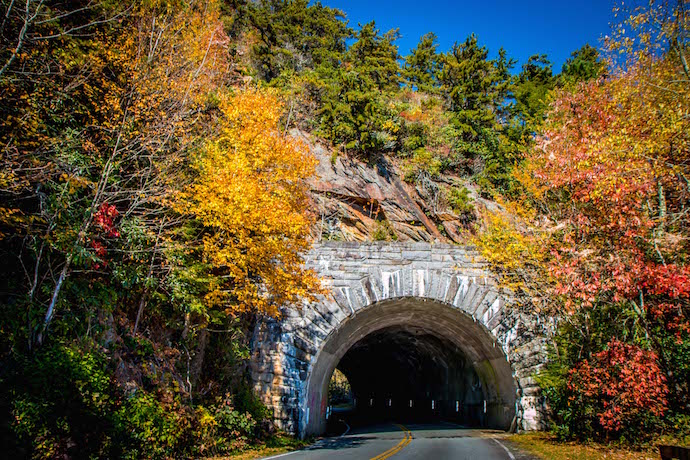
27. One of the more common manmade attractions you’ll find along the parkway are the tunnels dug through the mountains. There are a total of 26 Blue Ridge Parkway tunnels, all but one of which is in North Carolina.
28. These tunnels were deemed necessary by the engineers who designed the scenic route in order to have a limited impact on the land while navigating the Appalachian’s rugged terrain.
29. Most of the tunnels on the Blue Ridge Parkway were constructed by hand back in the 1930s. The longest tunnel on the parkway is the Pine Mountain Tunnel at 1,434 feet long. The Rough Ridge Tunnel is the shortest at just 150 feet.
30. One of the most popular attractions along the Blue Ridge Parkway is Asheville‘s Biltmore Estate. At 135,280 square feet, the 250-room mansion is the largest private home in America, and the centerpiece of the Vanderbilt’s bucolic 125,000-acre retreat.
READ MORE: Exploring Craggy Gardens, NC (Blue Ridge Parkway MP 344.1-384.7)

Blue Ridge Parkway Campgrounds & Hotels
31. There are only eight official Blue Ridge Parkway campgrounds. These campsites are seasonal and offer restrooms, drinking water, picnic tables, and grills, but no RV hookups. However, there are many other private campgrounds located right off of the BRP.
32. There is only one hotel located right on the BRP. The Switzerland Inn in Little Switzerland opened in 1910, and now offers wonderful amenities ranging from swimming to fine dining. But there are loads of other accommodation options nearby.
33. If you’re looking for a fun place to stay, the Kanawha Valley Arena Resort (MP 176) in Dugspur VA, is a Western-themed resort that also offers vacation homes and campgrounds.
34. In you’re into ecotourism and sustainability, Virginia’s Hotel Floyd (MP 165) is all about using green technology to minimize its impact on the environment.
35. The Waynesville Golf Resort & Spa (MP 445) in Waynesville NC offers stunning mountain views, a championship golf course, and 100+ rooms. While most Blue Ridge Parkway accommodations are smaller hotels and lodges with 10-20 rooms, this one has a true resort feel.
READ MORE: The 20 Best Western NC Small Towns To Visit (and Live In!)

Blue Ridge Parkway Closures
36. The BRP is open all year-round, except for sections that are closed due to Winter weather or construction/maintenance.
37. Winter conditions can start as early as November at higher elevations, causing many road closures.So if you’re planning on driving the scenic route from November through April, it’s important to check for Blue Ridge Parkway closures both before and during your trip.
38. The best place to track BRP road closures is the National Park Service’s Real-Time Road Closure Map. The NPS website is also a great place to find COVID-related information.
39. Remember that all BRP campgrounds close in early November, so you’ll want to look into booking one of the nearby Blue Ridge Parkway hotels, cabins & lodges.
40. Most of the other attractions featured above close in late October and early November, and do not open again until late April or early May. –by Sonny Grace Bray, all photos by Bret Love & Mary Gabbett


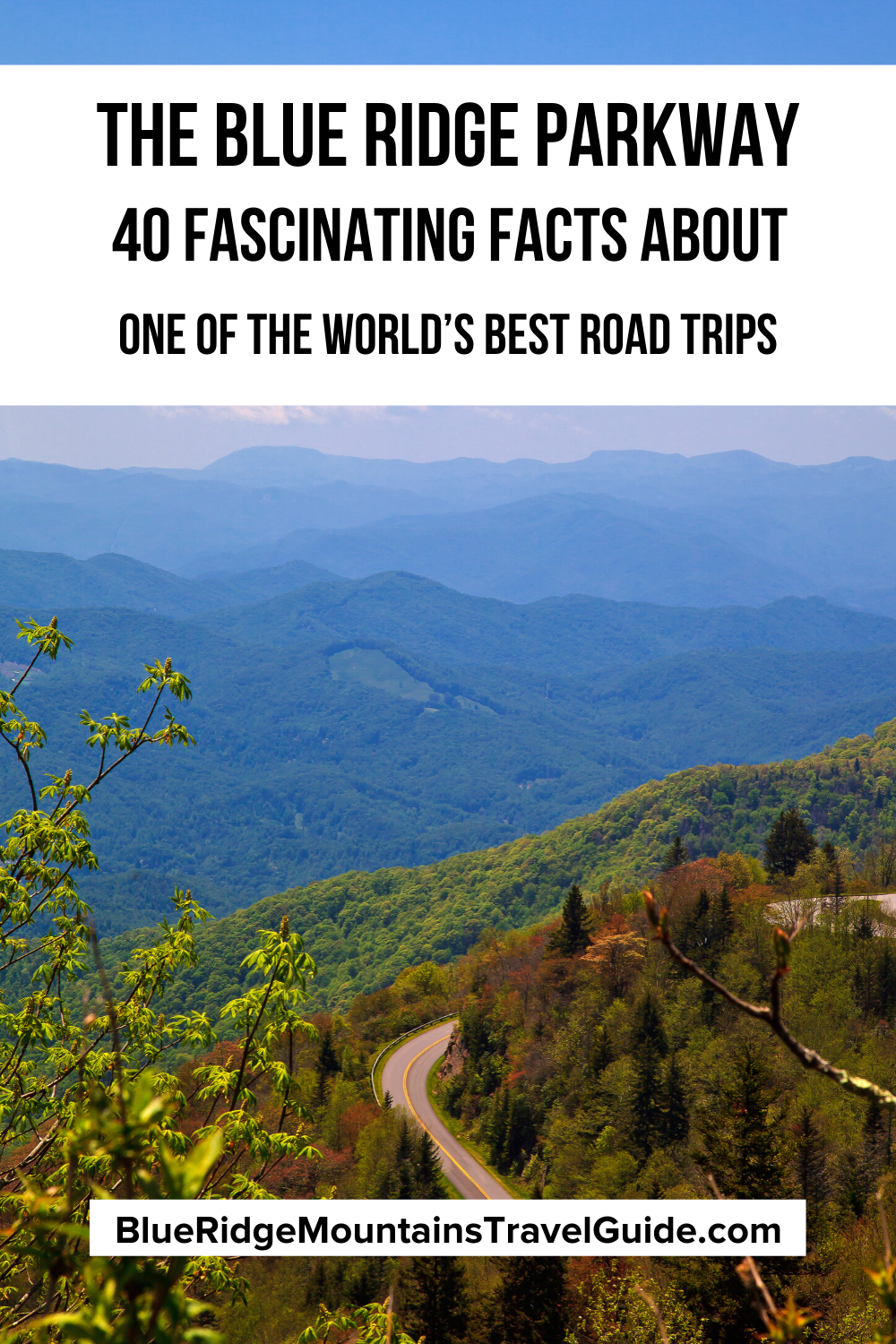
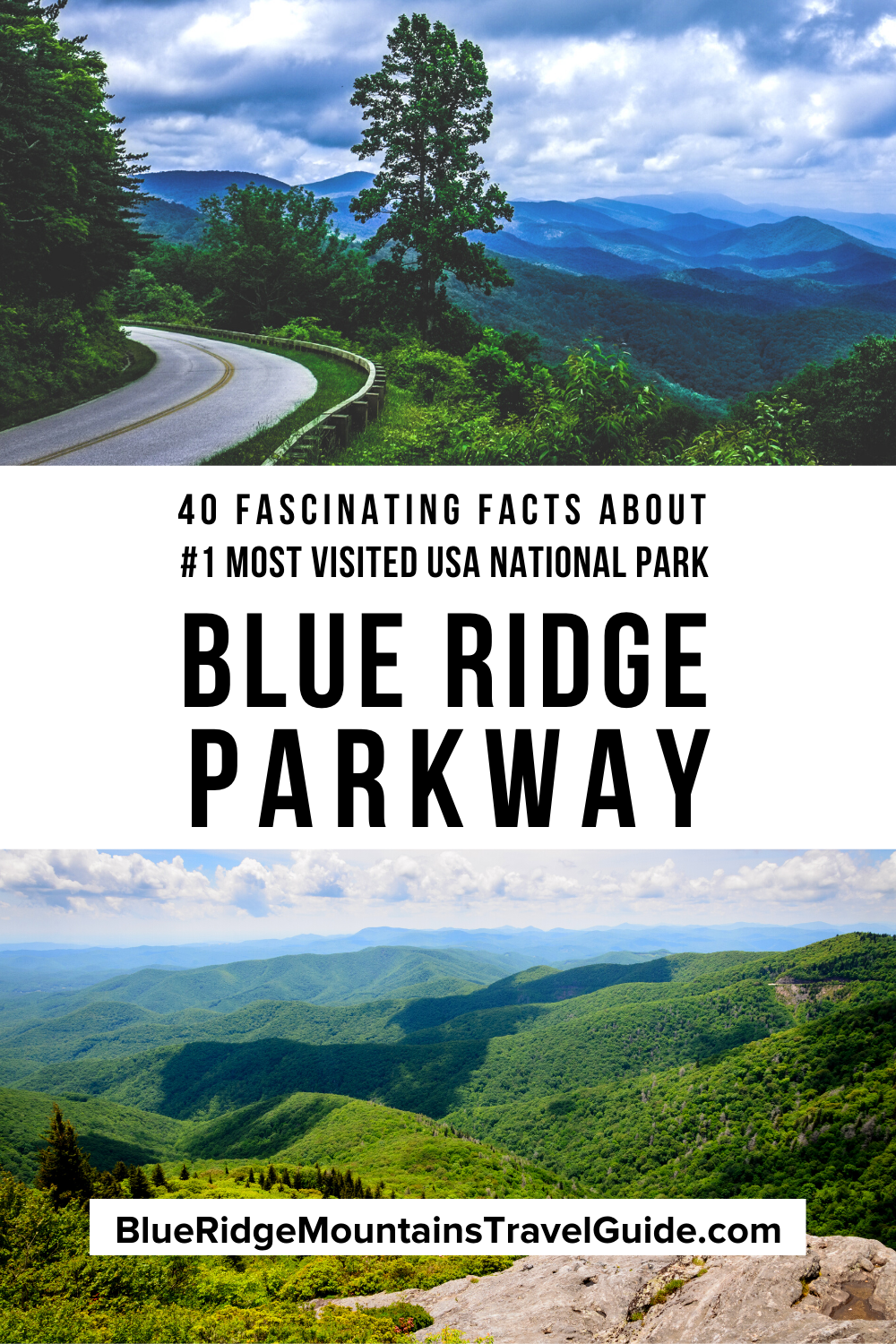
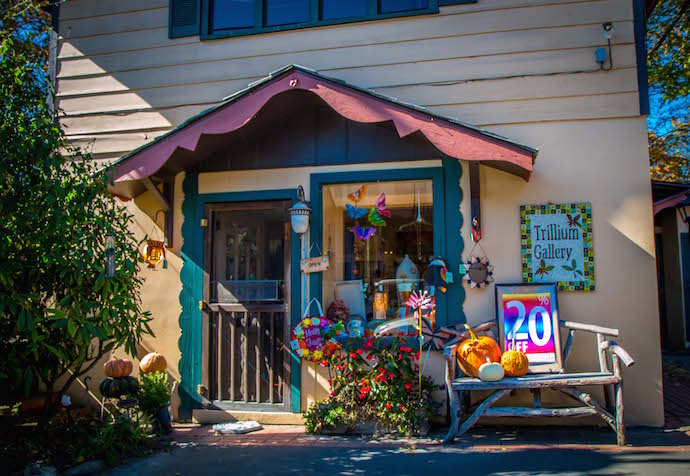

Comments are closed.